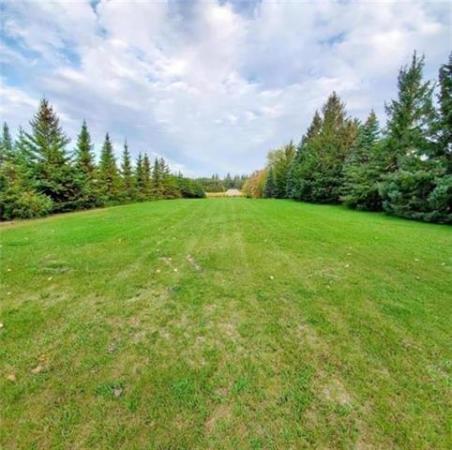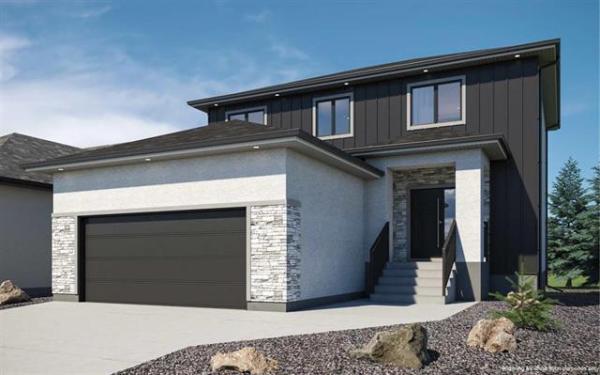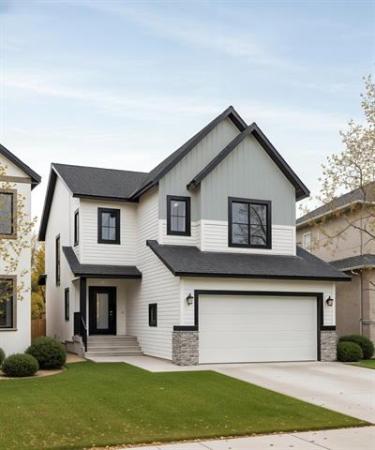Question: Our 2015 bungalow condo has an attached four-season, A-frame sunroom. Paint discolouration has occurred, from condensation on the gable end wall, above the sliding patio doors. To maximize air circulation, we have three fans going 24-7 during polar temperatures. These are the furnace, ceiling fan, and a space heater. The developer suggested repainting, but can anything be done to prevent recurrence on that vertical wall, perhaps from the attic side? Any help at all would be greatly appreciated. Thank you, Lew Russell.
Answer: Preventing condensation in a portion of a home without the same level of insulation and forced-air heating as the rest will always be a challenge. Reducing humidity levels in the house air may help, somewhat. Other than major reconstruction or improvements to the HVAC systems, repainting may be the only easy remedy to your issue.
Without knowing the exact construction materials used for your sunroom, it may be difficult to evaluate your situation. Based on the majority of these type of structures, they are typically thin aluminum-clad walls with sliding doors and windows, built on top of a wooden floor structure. In your description of an A-frame, with gable ends, I will assume that you have a structure with an insulated, vaulted ceiling. These typically have the underside of the roof structure also covered with painted metal cladding. The one confusing point in your inquiry is your description of this as a four-season room, which may be a possible point of contention.
If the sunroom is constructed in the manner described above, it will be a big stretch to describe this as for use in all four seasons in our area. Perhaps in a more moderate climate, without -40 C windchill values in winter, that would be appropriate. Most people would describe your sunroom as three-season, which means they would abandon the use during our lengthy winters. I will also assume that this portion of your home is built over a crawlspace with insulated skirting or foundation walls, or with a floor with some form of thermal insulation between the joists. That also will have some effect on your issues, depending on the design.
For a relatively newly built home in Manitoba, the amount of thermal insulation in the walls and attic would far exceed that of the sunroom, with somewhat pre-manufactured walls and roof panels. Even with modern high-density foam insulation in those areas, they would never be able to match the levels in the rest of the home. Also, the majority of the wall surface is mostly glass, otherwise the “sunroom” moniker would not be appropriate. Even with dual-pane sealed units for all the sliding doors and windows, and good weatherstripping, the majority of the walls would have poor heat-retaining properties. Therefore, these colder surfaces would be much more prone to condensation than the main house exterior walls and windows.
During the daytime this area may be fairly comfortable due to passive solar gain, especially if it is on the south side of your home. The warmth of the sun may be able to heat up the windows and doors enough to prevent excessive condensation from the dissolved moisture in the house air. But, this heated air will naturally migrate to these cooler sunroom wall and ceiling surfaces at night, when temperatures drop. This will likely lead to considerable condensation, or ice, formation. The gable above the doors may not be subject to the large temperature swings like the windows. So, they will not have this condensation easily evaporate when the sun streams in, like the windows. If that area remains covered with water or ice for long periods of time, it will affect the painted surface.
Your efforts to move the air around continuously is a very logical first step to prevent condensation. In many cases that air movement would be enough to nip the problem in the bud, but only if the fans are large enough and in the right location. If the overhead fan is located in the centre of the sunroom ceiling, that should have a substantial benefit. Running the furnace fan continuously on low speed will also help, but only if there are registers in the sunroom under the windows. Finally, your use of a space heater suggests that there are no central heating ducts in that area. So, that portable device may take some of the chill off the room, but that may be the only benefit. Installing proper heat and return air ducting in the insulated sunroom crawlspace, to provide permanent HVAC supply, may be the ultimate solution.
Trying to reduce the relative humidity (RH) in the house air may also prevent excessive condensation in the cool sunroom. If you have a humidifier on your furnace, turn it off. Use your HRV controls properly, or if you don’t have one, ensure you run your bathroom fans and kitchen range hood for extended periods of time after use of those areas. If your RH exceeds 35 per cent in the main portion of the home, it may be several per cent higher in the cooler air of the sunroom, and even more after sunset. The higher the RH, the more chance of condensation.
Using your sunroom all year round may always allow condensation to form on the cool surfaces, ultimately leading to paint deterioration. Upgrading insulation levels and installation of proper central heating may be the only way to help prevent this unsightly problem.
Ari Marantz is the owner of Trained Eye Home Inspection Ltd. and a Registered Home Inspector (RHI)(cahpi.ca). Questions can be emailed to the address below. Ari can be reached at 204-291-5358 or check out his website at trainedeye.ca.
trainedeye@iname.com



